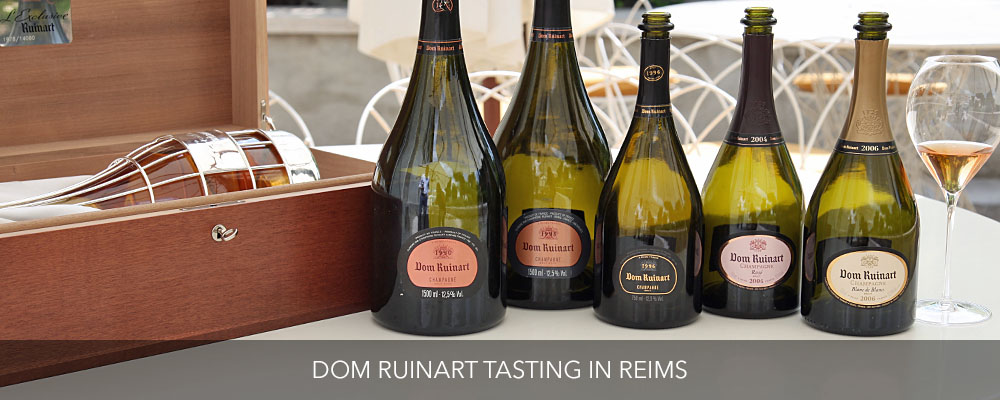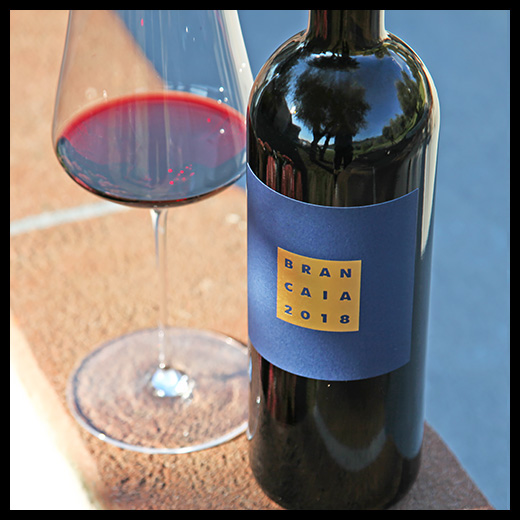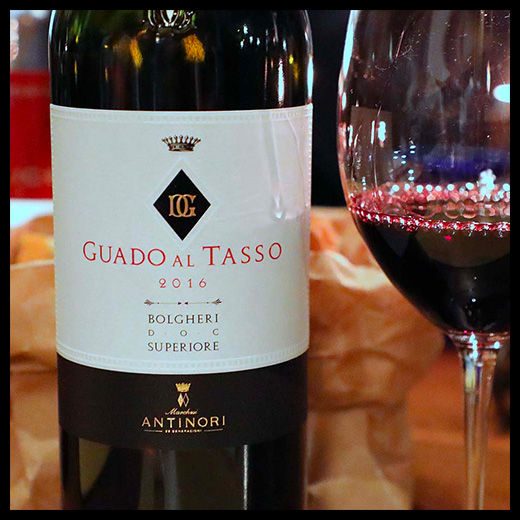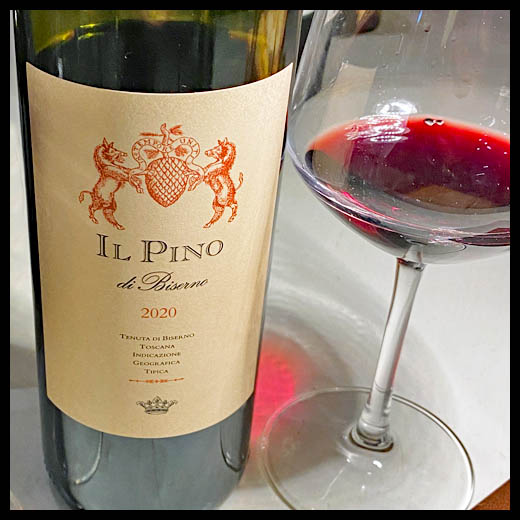DOM RUINART new vintages
08. Juni 2017BLANC DE BLANCS 2006 & ROSÉ 2004
Whatever fashionable event you're attending, chances are high you'll be sipping a glass of Ruinart Rosé. At least in Germany the brand Ruinart has become the ultimate trend label, not only because of its good value for money. Although a customer can choose from a pool of delicious bubbles, the apricot-colored blend stands for affordable luxury and is without a doubt the champagne of the moment.
Being a connoisseur you'll know that the real deal are the vintage Dom Ruinart bottles, because their aromas are fully developed and impress with a juicy finish. Every now and then LVMH invites the press to Reims to taste their latest releases and we were happy join this spectacle again. At the international launch of the Dom Ruinart New Vintages, we had the pleasure of tasting the Blanc the Blancs 2006 and the Rosé 2004 but lets start from scratch.
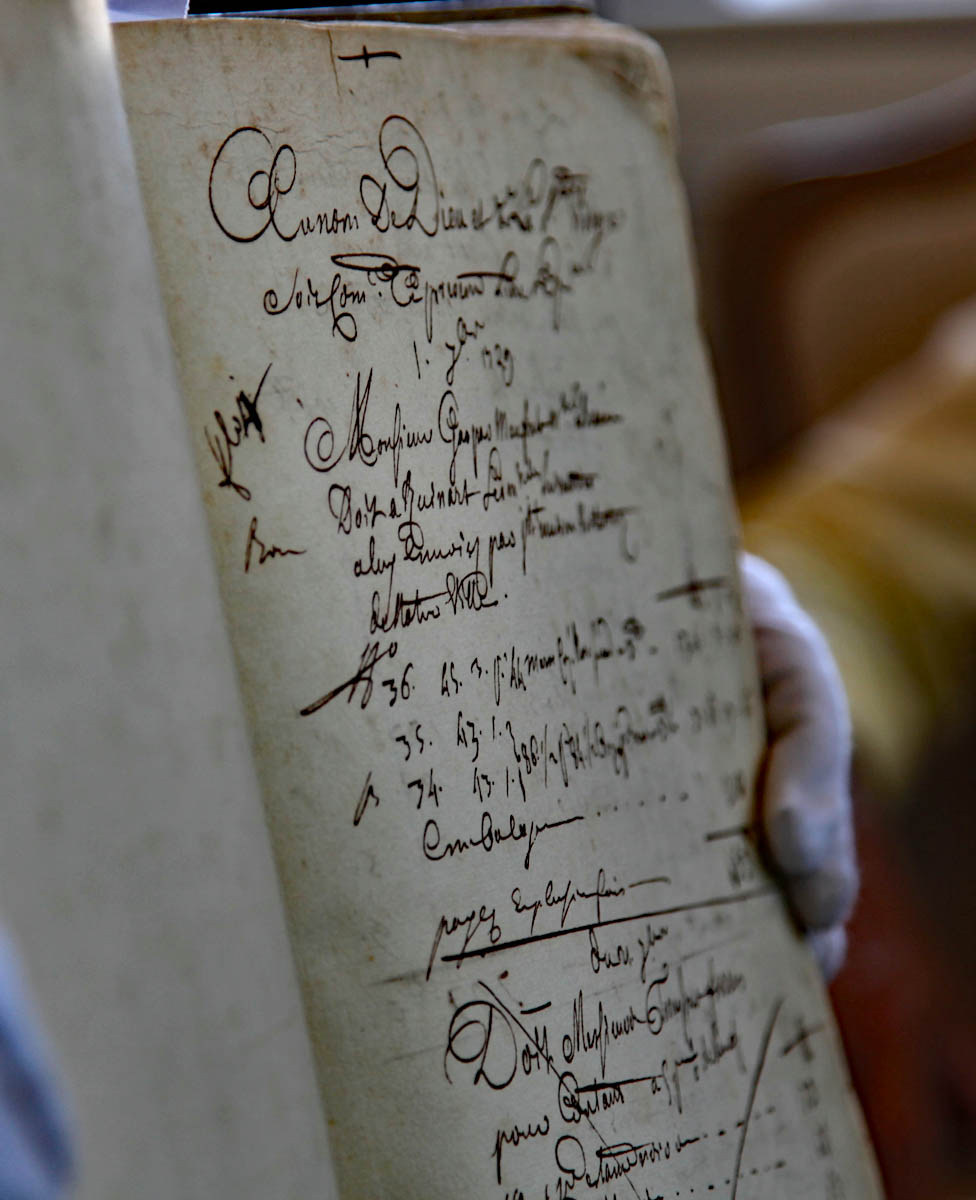
Historic document showing the "birth of Champagne".
The world's most famous and prestigious champagne houses are so full of history, visiting their estates feels like traveling back in time. Imagine the year of 1729, when Nicolas Ruinart founded the champagne house and blamed the devil for the bubbles in his wine. Most probably he didn't expect the rich people to long for the forbidden, but all of a sudden his sparkling magic became interesting. Ruinart still holds the records of the first sales of champagne in a hand-written book, it seems they were also the first ones to ever ship a bottle of rosé. As there is almost no information on that time, it is an important piece of history and reading it "feels like having found new land". Champagne was always consumed with delicate food as oysters, and it seems as if the art of fine dining was born. The champagne must have tasted slightly different as the dosage was up to 15 g, but this sweet forbidden fruit must have been the ultimate thrill.
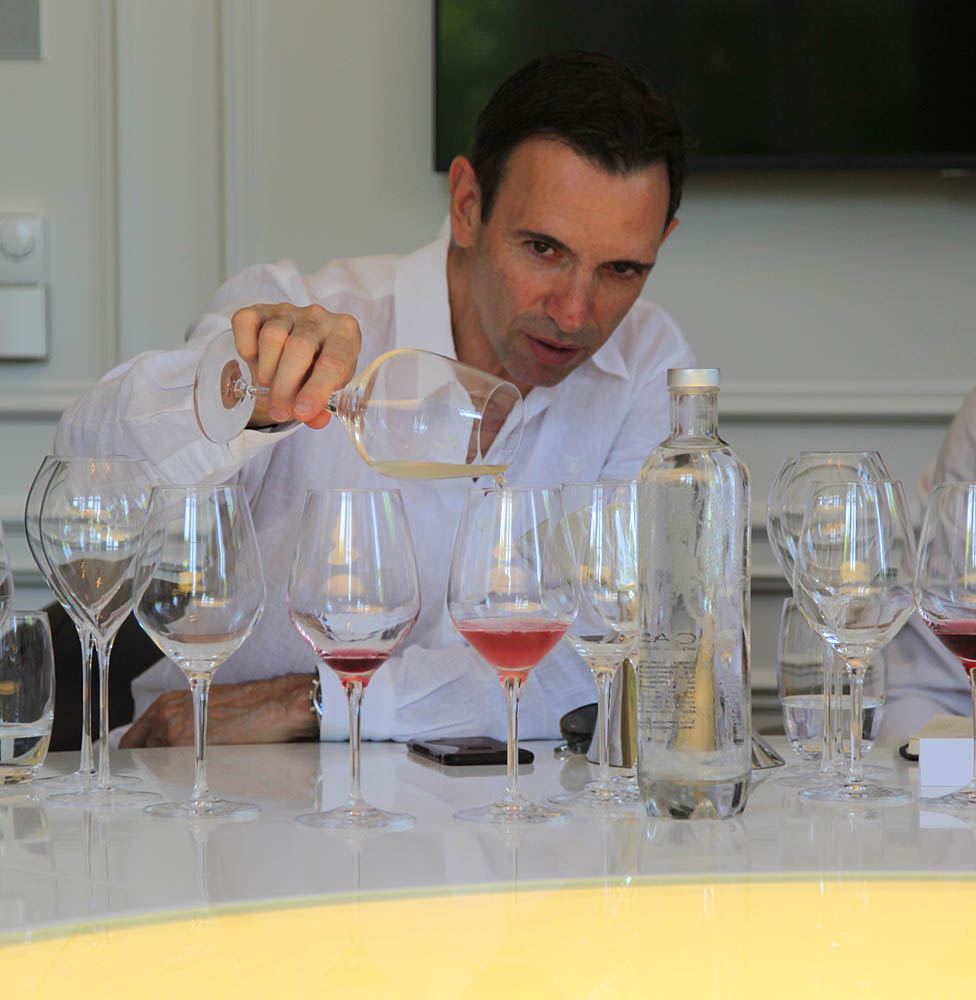
Chef de Caves Frédéric Panaiotis demonstrates the blending philosopy of RUINART.
At Champagne Ruinart it's all about the art of blending terroir, therefor we had a workshop with Chef de Caves Frédéric Panaiotis where we tasted the different base wines and grape varieties. For his position in such a prestigious champagne house he is refreshingly open and charismatic, absolutely loving his job and living champagne. He claims that Ruinart is famous for an "aromatic freshness, fruit flavors and a fresh palate". As there are seven major grapes in the champagne region, there are a lot of different flavors that can be combined. Whilst the Chardonnay is very lemony with high acidity and sharp fruits, the Pinot Noir always shows more tannins, peachy aromas and brioche notes. Pressing the Pinot Noir as gently as possible is necessary for a fine taste and color, but there is always a touch of pink shining through the sparkling bubbles. For the perfect glass of rosé, Ruinart adds some slightly extracted red wine, which is light as powder and almost see-through.
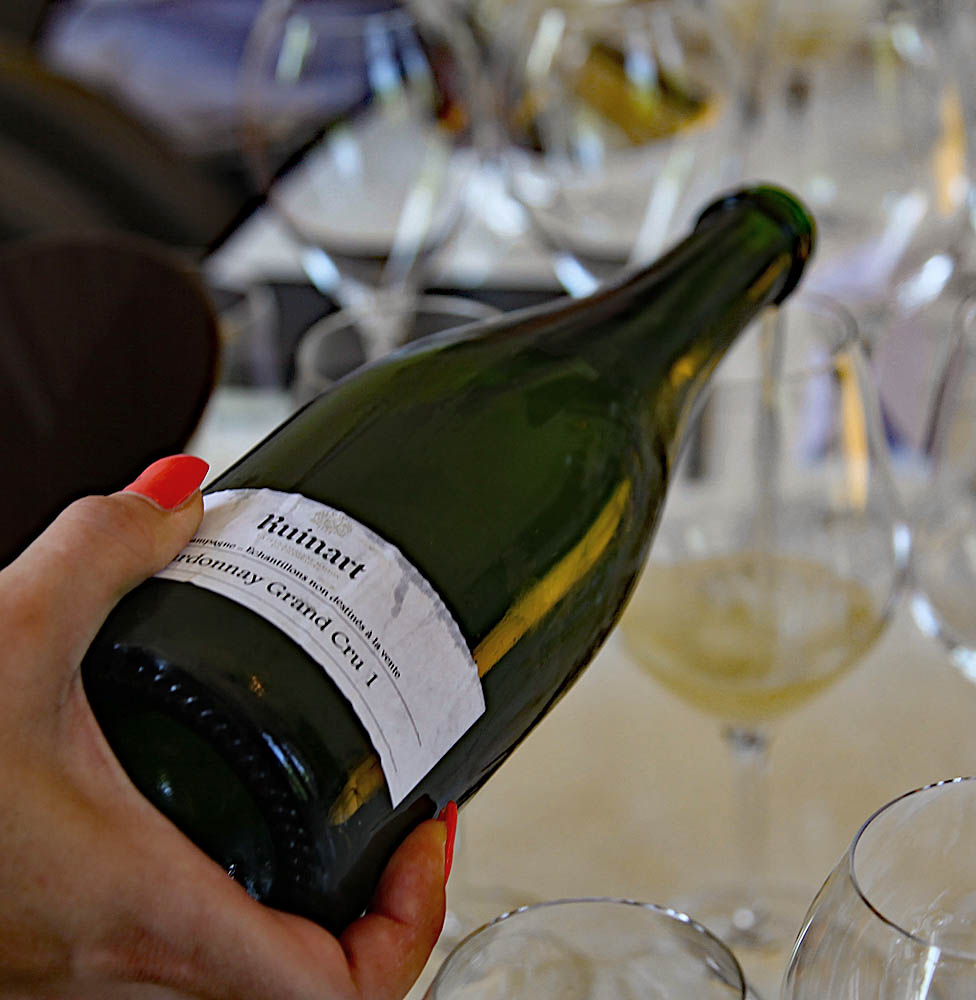
Tasting the base wines is fundamental for understanding the final blend of the Champagne.
The finished product is a blend that feels and looks identical every year, and it's a real challenge to control such a lively product. The lighter the wine, the faster the color changes, explains Monsieur Panaiotis and he is looking for perfection in every bottle. Salmon-colored is the world that would describe their Rosé best, but apparently there are is a broad range of salmon and it's not nearly precise enough for the team of Ruinart. They are looking for more than stereotype aromas, even tropical fruits like guava, lychee and pomegranate are part of the experience. After having learnt this, I am expecting the 13-year old Rosé from 2004 to be copper not yet pink and it turns out I am right. Having guessed the color I am nowhere near guessing the taste, because it is truly surprising and simply amazing. Extremely ripe apricot mixes with brioche and finishes with a salty touch, a soft wine with great acidity – what a treat! Ruinart really knows how to produce a fantastic Rosé, it seems there is more to the trend then using a pretty bottle.
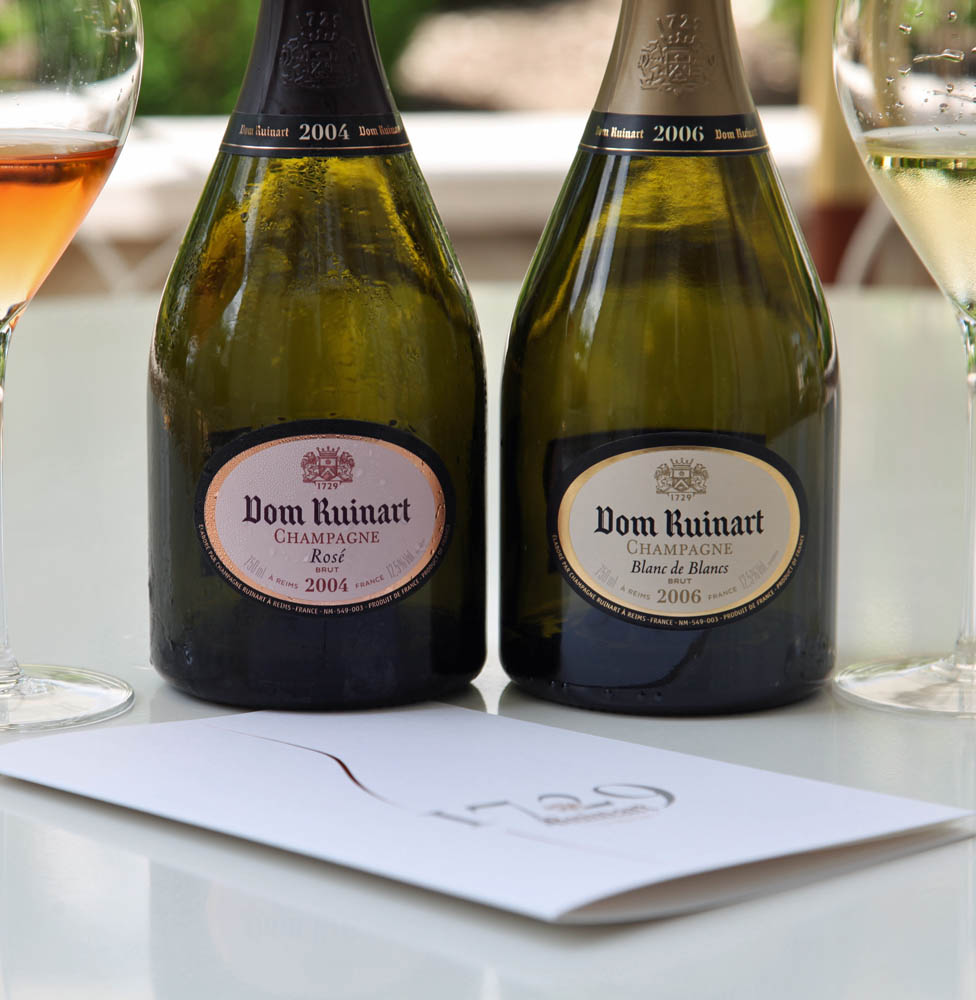
The new releases of Dom Ruinart: Blanc de Blancs 2006 & Rosé 2004.
Their Dom Ruinart Blanc de Blancs 2006 is much greener with sharp fruit, lemon aromas and a wonderful complexity, being a stereotype of the Dom Ruinart style. Champagne is supposed to be consumed with food, and not just any food. We were spoiled with an amazing lunch at the champagne house and this took wine and food pairing to a whole other level. When indulging in Haute Cuisine, every herb, every flavor and spice counts. The champagne must always be in balance with the dish and it's not easy to satisfy everyone's taste.
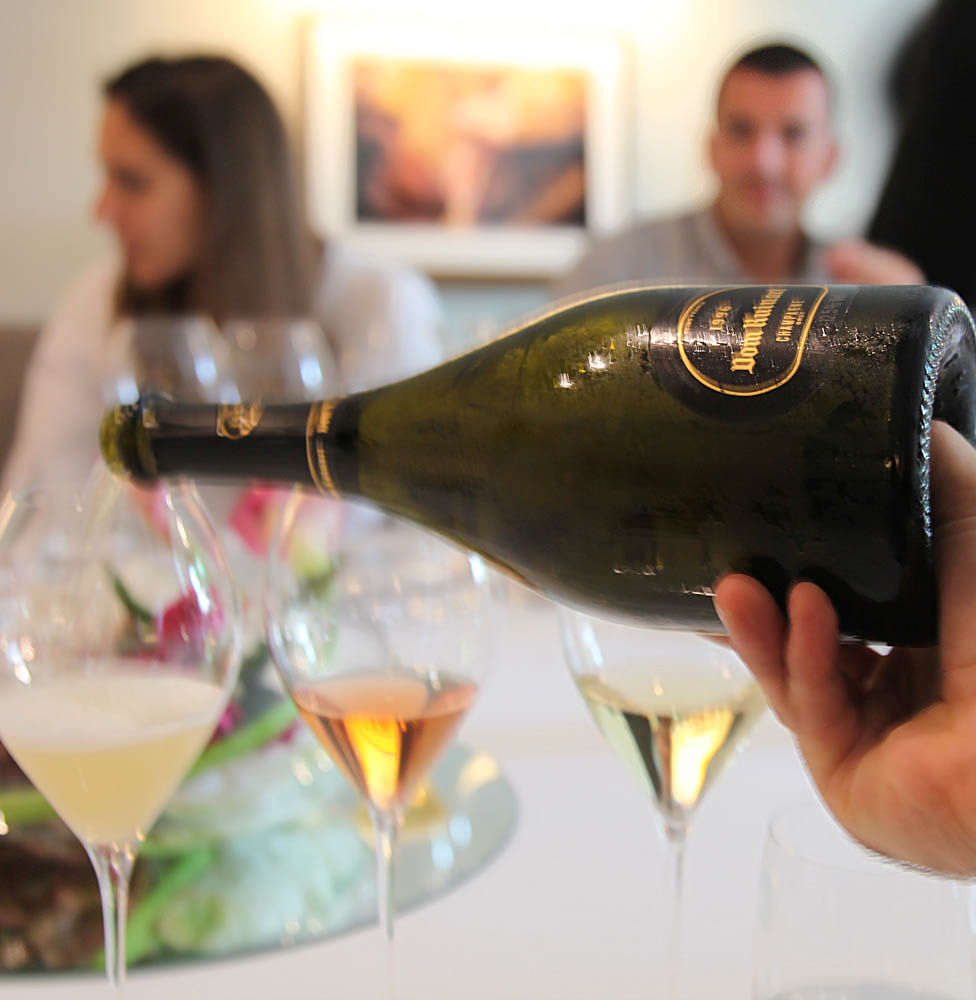
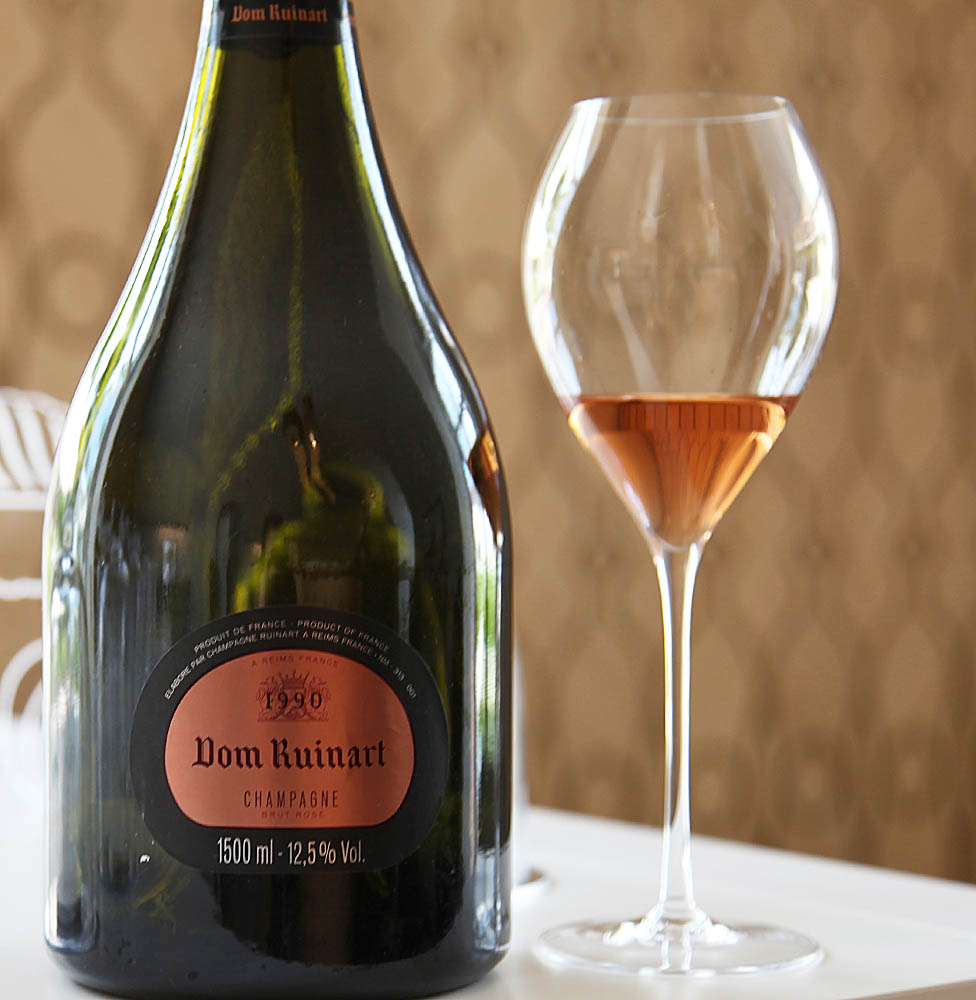

We kicked off the lunch with a vintage 1996, which showed an old and smoky nose, and a fabulous acidity for the age. Wonderfully fruity and a very precise after-taste of the terroir show that this is something special, but I personally preferred the 1998 Rosé poured from a magnum bottle. With a fresh, complex, tight and green nose, the champagne tasted completely opposite to what it smelled like. Creamy and velvety flavors with candid fruit and an aromatic finish, this wine longs for a special occasion. If you are looking for something heavier that goes perfectly with meat and a creamy sauce, open a bottle of 1990 Ruinart Rosé. This feels like deep forest and all its varieties, truffle meets mushrooms, and I am in desperate need of another bite of my delicious pigeon. This champagne is not meant for beginners, but if you appreciate deep-bodied champagne, these are the bubbles for you.
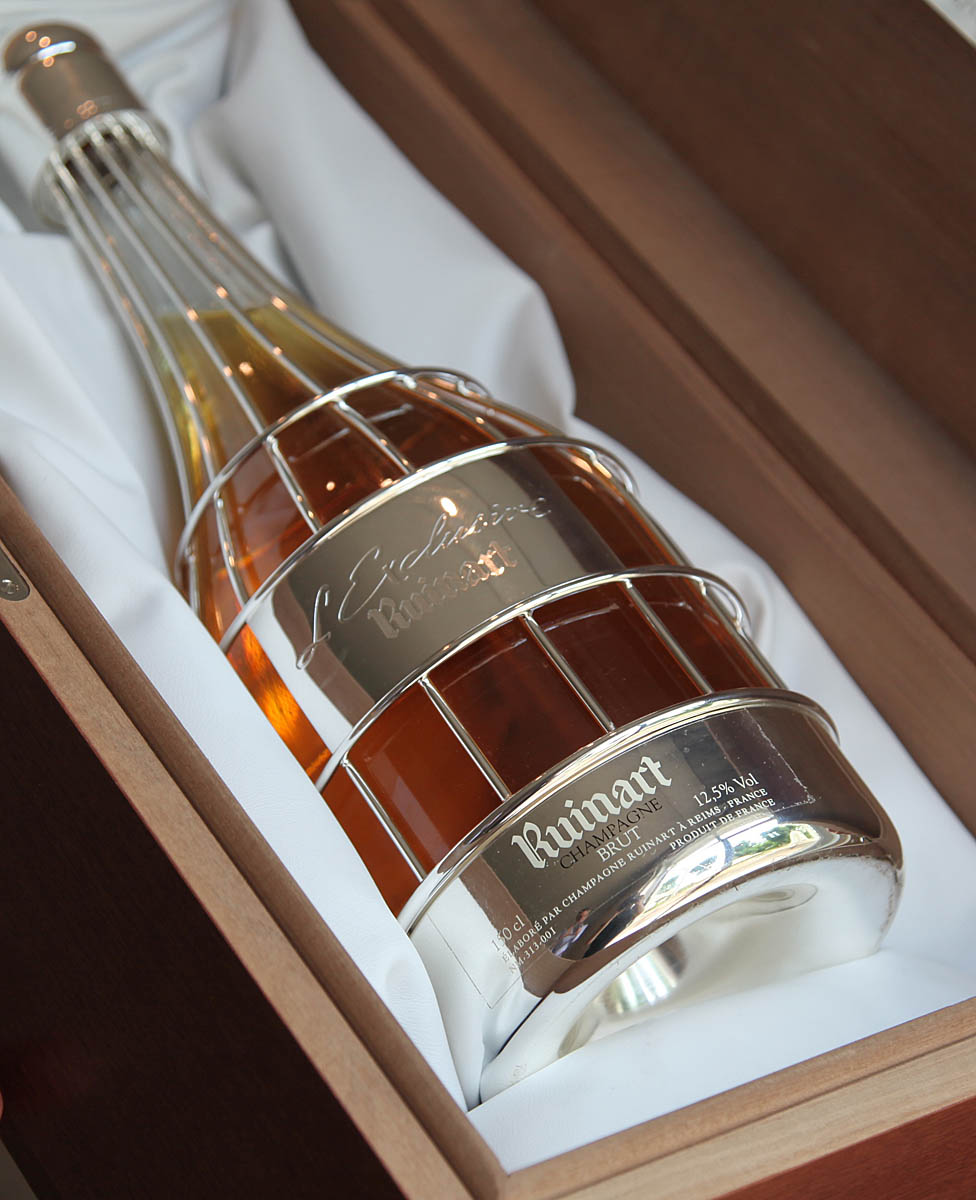
The "Exclusive" de Ruinart is a multi-year blend of Grand Cru wines.
To finish this one-of-a-kind experience, Ruinart shows a blend of 93, 90, 88, 86 and 85, disgorged in 99 and all made from Grand Cru vines. Once again, the champagne stays fresh and crisp, shows perfectly balanced fruit and indicates the distinctiveness of a Ruinart champagne.
Whether it's a normal Rosé or a masterpiece of old vintages, Ruinart can easily be blind-tasted due to its characteristic taste of fresh and sharp fruit. Let's hope for the Ruinart Rosé trend to go on for a little while, because these salmon bubbles truly taste like the forbidden fruit.
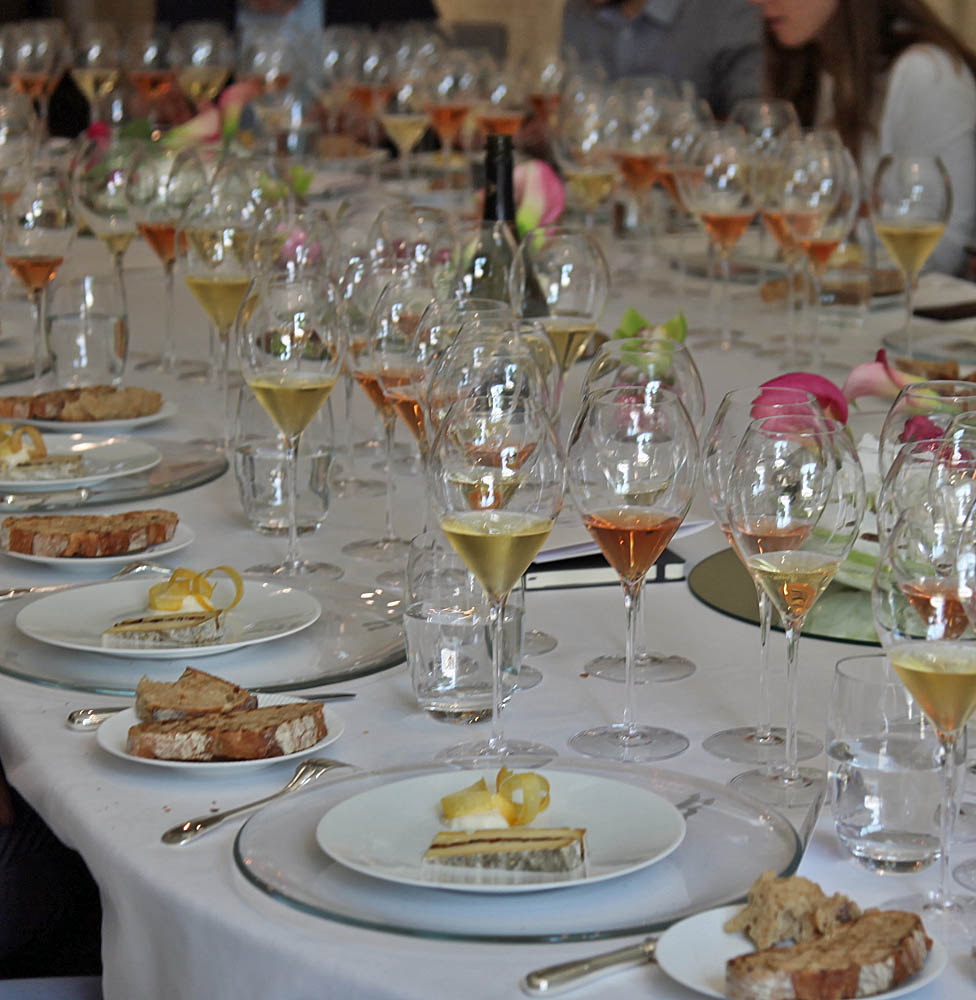
Thanks for a fantastic day with superb Champagnes!

